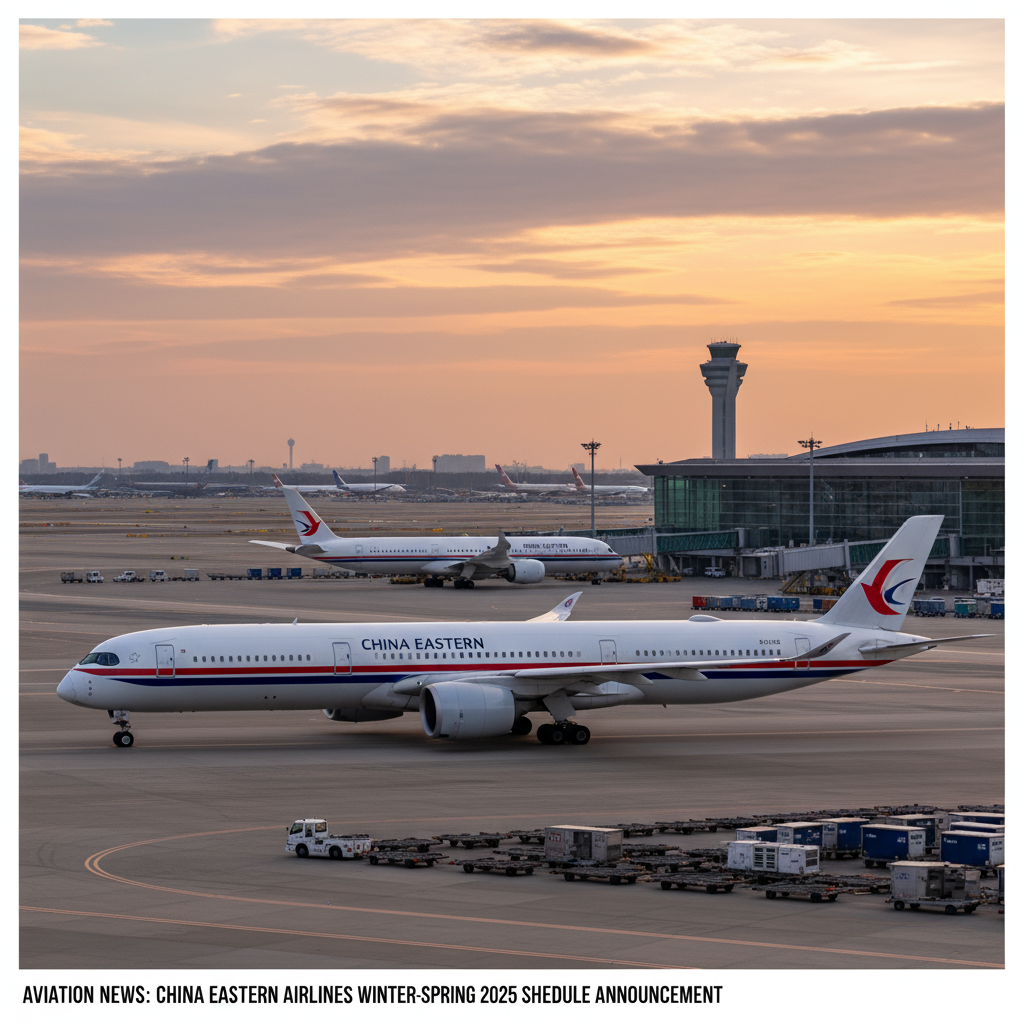Physical Address
304 North Cardinal St.
Dorchester Center, MA 02124
Physical Address
304 North Cardinal St.
Dorchester Center, MA 02124
Global aviation news tracker
Global aviation news tracker

China Eastern (MU) unveiled its Winter–Spring 2025 schedule on November 3, 2025, rolling out one of the largest seasonal programs by a Chinese carrier.
The China Eastern schedule launches a broad network push for Winter–Spring 2025, deploying a reported 820 aircraft to serve 253 destinations worldwide. The operator, China Eastern Airlines (IATA: MU, ICAO: CES), described the plan as a mix of new routes and capacity increases on existing services as travel demand continues to recover.
Announced on November 3, 2025, the program highlights the airline’s focus on reconnecting international markets while maintaining strong domestic coverage. China Eastern framed the schedule as a signal of growing global air connectivity despite ongoing industry headwinds, including fleet management and slot constraints at busy airports.
The carrier said the Winter–Spring 2025 plan includes route expansions and seasonal adjustments intended to match passenger demand patterns across Asia, Europe and other long-haul markets. While the carrier has not published a full list of every citypair in this release, the scale—820 aircraft and 253 served destinations—marks a substantial seasonal footprint.
Operational details such as specific aircraft types on each route, flight numbers (IATA/ICAO), and exact frequencies will be rolled out by the airline and local airports in the coming weeks. Travelers and route watchers should watch for updates about long-haul rotations and any new nonstop links that could reshape winter travel patterns.
For passengers, the practical takeaway is clearer international options and more seat inventory through the winter–spring season. For the industry, China Eastern’s program underlines continued capacity growth from major Chinese carriers as global demand normalizes.